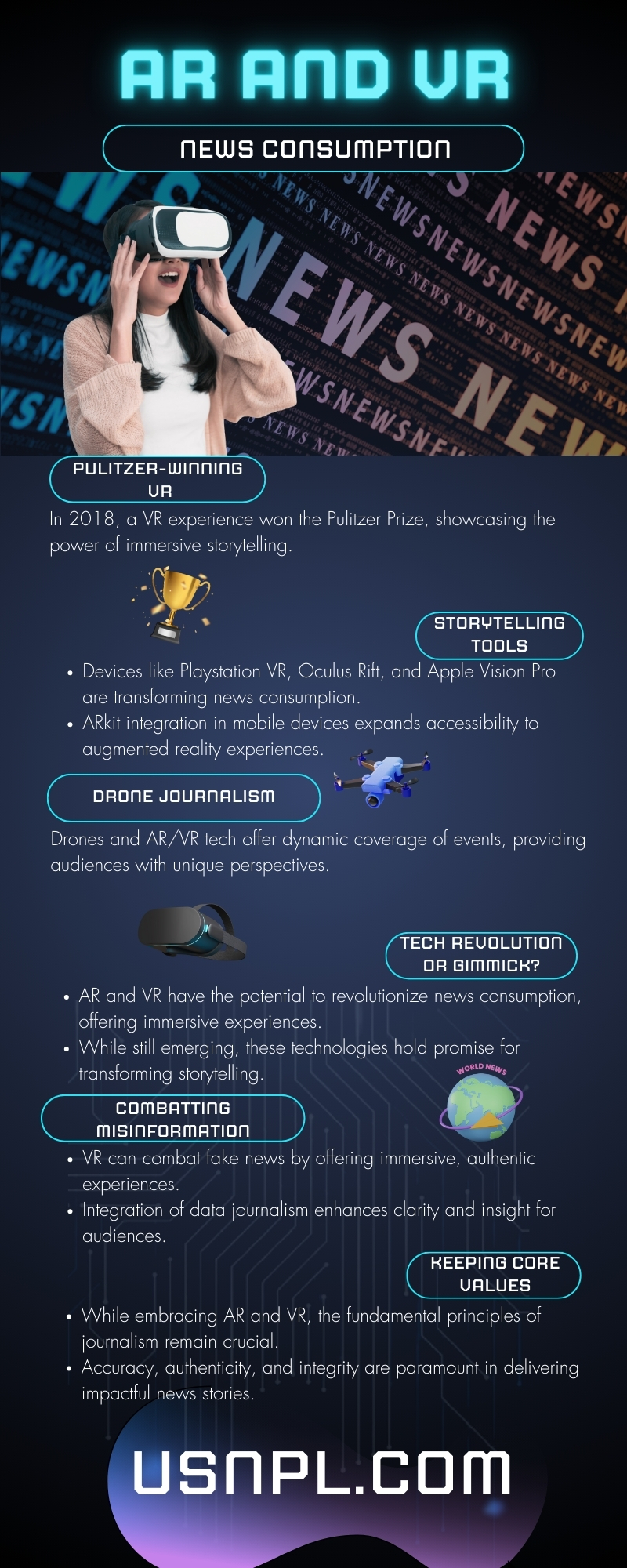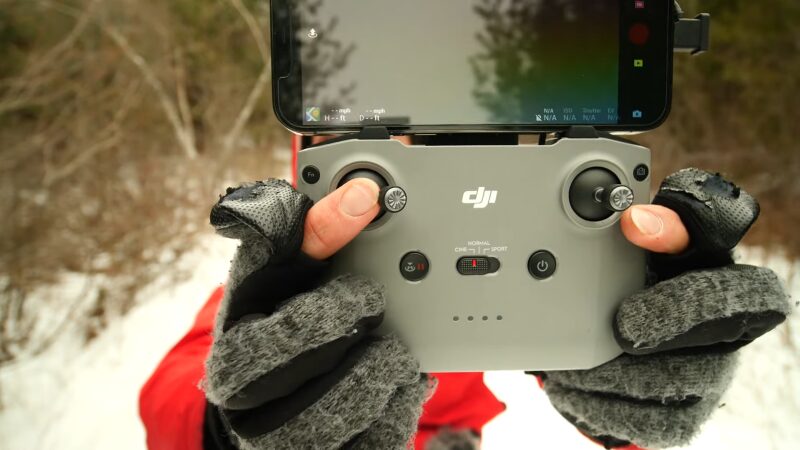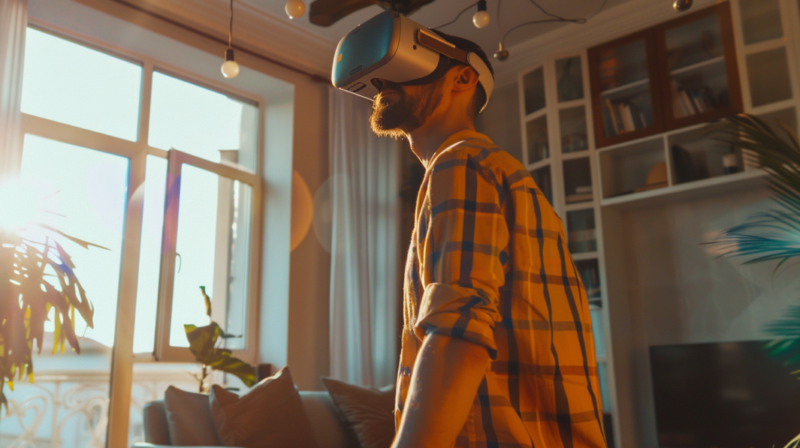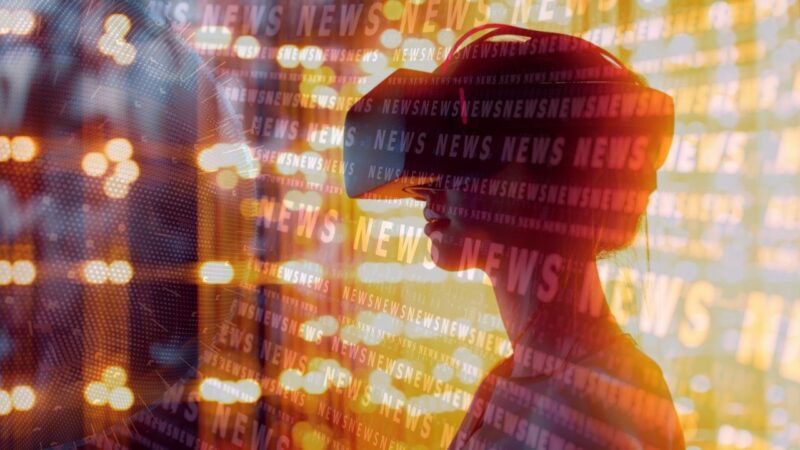The joys of waking up to a newspaper’s ink smudging my fingers or squinting at a screen while a news anchor speed-talks through headlines were always one of my favorite day-to-day routines. Gone are those simple days, right?
Now, we strap gadgets to our faces and call it groundbreaking. This is something that got me thinking, so I decided to chat about how augmented reality (AR) and virtual reality (VR) are supposedly the superheroes saving the damsel in distress: journalism.

The Day VR Won a Pulitzer

Let’s kick off with a fun fact that might make traditional journalists spit out their coffee: In 2018, a VR experience snagged the Pulitzer Prize for explanatory reporting. Yes, you read that right.
A high-tech, immersive trip along the U.S.–Mexico border outshone a classic 10,000-word investigative piece. The 2023 Pulitzer Prize winners reflected a diverse array of mediums, showcasing how storytelling continues to evolve in the digital age.
This VR journey wasn’t just for kicks, as it aimed to offer a raw look at the wall’s current and future states, pushing viewers to cook up their own conclusions.
AR, VR, and the Media
New Storytelling Gadgets
Forget reading or watching the news. The main players, so far, have been Playstation VR, Oculus Rift, HTC Vive, and Apple Vision Pro, but now that Apple has released all-new mobile devices with built-in ARkit, the market is about to boom even further.
It’s like comparing a family vacation slideshow to actually teleporting to the Bahamas. With VR and AR, news can really take you there. You’ll be able to experience the stories instead of just hearing about them. Journalism is changing and becoming way more exciting, that much is clear.
Apple jumping in with their new phones means even more people will have a chance to try out augmented reality. This will help VR and AR get bigger than ever before. Soon, everyone will be able to travel virtually all around the world without leaving their house! How cool is that? And with all of that, just think about how it can impact journalism.
Drone Journalism Is a New Trend

Ever watched a news clip shot by a drone? It’s like a bird, it’s a plane, no—it’s a journalist? Media moguls are now employing drones and AR/VR tech to cover events, giving you a front-row seat to the action. Because why would you want to watch from the sidelines when you can virtually be in the thick of it? Perks of modern tech, I suppose.
Revolution or Just Another Gadget?
Do you remember back when all cell phones could do was make calls? Now we use them for everything – taking pictures, watching videos, playing games, you name it! It’s pretty wild to think how AR and VR might change things, too.
Some smart folks think those technologies will be just as big a deal as phones became. Instead of just reading news articles or watching videos about stuff that happens, VR could let us really feel like we’re there. Can you imagine what it would be like to “go” to a protest or disaster area without actually being in any danger?
With VR, you might feel like you’re right in the middle of it all while relaxing on your couch at home! You could look all around and see what’s happening from different angles. It would be super realistic. Of course, VR still has a ways to go before it gets that advanced.
But it’s exciting to think about the possibilities, right? Technology is improving so quickly these days. In just a few short years, who knows what amazing new things we’ll be able to experience through VR! It’ll be like being able to visit anywhere in the world without ever leaving your living room. Pretty cool to imagine what the future may bring. A little scary, too.
Fighting Fake News with Fancy Tech

Virtual reality as the knight in shining armor against misinformation? Potentially. The idea is that by stepping into a VR experience, you’re not just hearing or reading about an event—you’re “there.” You build memories and form opinions based on what you “experience,” which could be a game-changer in how we process and trust information.
The integration of data journalism into such immersive platforms could further enhance the depth and accuracy of information available, empowering users to navigate complex issues with clarity and insight.
A New Lens on the World
It seems that digital stuff is going to change how we see the news. Instead of just being told stories, we’ll finally get to see things differently with AR and VR. Ever wonder how a new law might affect people or places?
There are programs that can show you! Always wanted to really understand what’s happening in a war or conflict? Now you can put on special glasses and be right there like the folks living through it. Sound cool, right?
This technology gives us the power to learn in new ways. No more just reading or watching – with AR and VR, we get to explore ideas and places up close. It’s like stepping into a story instead of just hearing about it second-hand. That means we can REALLY understand what’s going on in the world better than ever before. Exciting times ahead!
So, What’s the Big Deal?

Is the future of news consumption really about strapping gadgets to our faces and calling it a day? Maybe. AR and VR offer an immersive perspective into stories that could, in theory, make us more empathetic, informed citizens. Or, it could just be another way to escape reality, trading one screen for another, more intrusive one.
Let’s be blunt: the idea that VR and AR will “save” journalism might be a bit overhyped. Sure, they add a new layer to storytelling and could potentially draw in revenue (and who in the media is going to say no to that?).
Let’s be mindful that amidst major changes in social and traditional media expected in 2024, the essence of journalism remains rooted in the authenticity of its storytelling and the pursuit of truth.
But at the end of the day, it’s not about the gadgets or the technology. It’s about the stories being told and the truths being uncovered. If AR and VR can help in that quest, then strap me in and let’s take this ride. But let’s not forget the power of a well-researched, deeply reported story, whether it’s delivered through a headset, a screen, or the good old printed page.
The Bottom Line
AR and VR are shaking up the newsroom, offering us a front-row seat to the world’s chaos and beauty. But as we navigate this new digital landscape, let’s keep our critical thinking caps on, shall we? After all, a flashy tech experience is no substitute for the gritty, painstaking work of journalism.
But, hey, if it gets people interested in what’s going on beyond their own bubble, I’m all for giving it a whirl. Just maybe keep a printed newspaper handy, for nostalgia’s sake.


